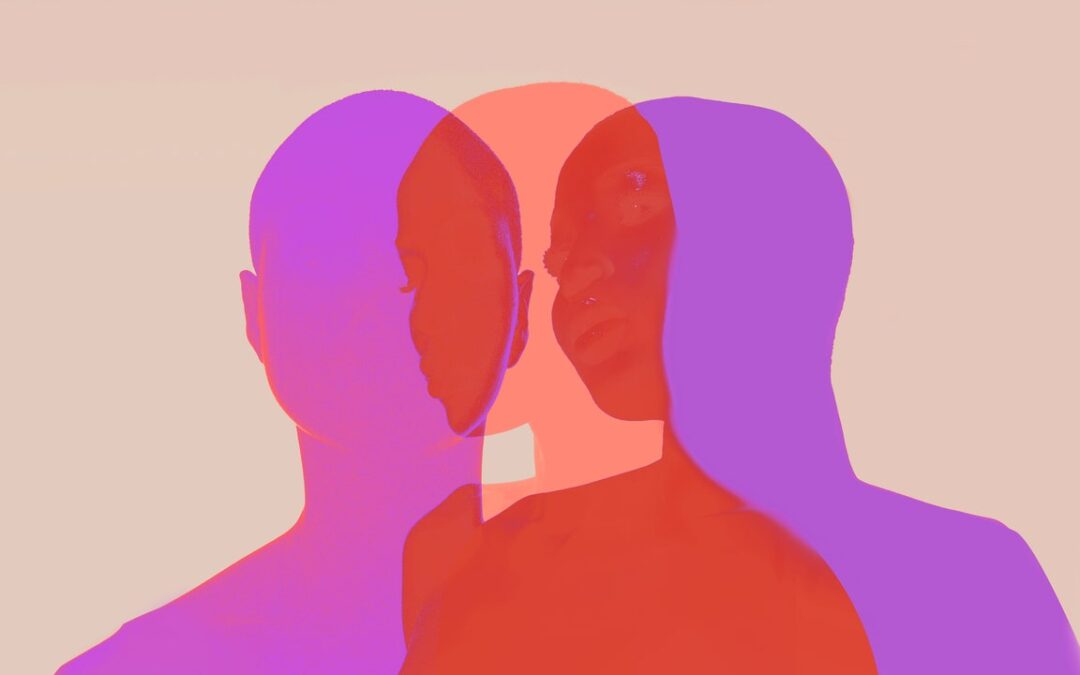Welcome to Doing It, a column where sex educator Dr. Varuna Srinivasan explores the deep connections between sex and emotions. This month, in a special edition to celebrate Pride Month 2023, Dr. Srinivasan recalls their journey coming out as nonbinary.
Genderqueer is a word I have only known for three or so years. Prior to discovering it, I had only known two words with regard to gender: “woman” and “man.” Like many, my conceptions of gender fit neatly into the binary system laid out for us since youth.
Growing up, my dad would graciously use the word “tomboy” to describe me. As it were, the way I dressed, wore my hair, and sat was apparently boy-ish — however, I was a girl (or, at least, that is the gender I was assigned at birth), and “girls don’t sit with their legs open.” I thought it was merely my parents who held these beliefs until a teacher in school informed me that I was in possession of the “attitude of a boy”…whatever that means.
Varuna Srinivasan
When I was around 13 years old, puberty took my body and brain by storm, which was difficult emotionally. Growing breasts, armpit hair, and pubic hair? God, I was not ready for the throbbing clitoris either. As all this was going on, I found solace in loose t-shirts. They provided a sort of comfort, a protective shield while I navigated the changes to my body. But this comfort was soon subjected to scrutiny from others. I was asked by a loved one, for instance, to wear a dress to their party because they thought that I “looked like a boy” with all the t-shirts I’d been wearing. Suddenly, these sentiments started to rub off on me, and even I started to see myself as too much of a tomboy.
To overcompensate for supposedly being too boy-ish, I turned the knob to max on my “feminine energy” in an effort to be taken seriously; I began to lean into this side as far as I could. Long hair? Check. Frilly bra? Check. Cute, sickly sweet dresses? Check, check, check.
I began to do all manner of things I associated with conventional femininity. I started listening to Backstreet Boys. I flirted with boys, which seemed to work in my favor: People wanted to hang out with me and rumors of my potential suitors flew around. I liked the attention. My plan to become “womanly,” to eradicate the tomboyishness I now rejected, was working. But this was a double-edged sword.
At that time, I possessed a flawed understanding of femininity — one based on the misconception that being “feminine” meant prioritizing men, competing with my women friends, and always fitting into societal standards of what is beautiful while avoiding anything deemed unacceptable. I performed this presentation outwardly and around others, never considering how I felt on the inside or how I actually wanted to look. And, truth be told, this performance of female vulnerability did not make me feel very good. It simply meant putting others’ needs above my own, feeling like I could never say “no,” and, essentially, eliminating or ignoring all of my boundaries.

